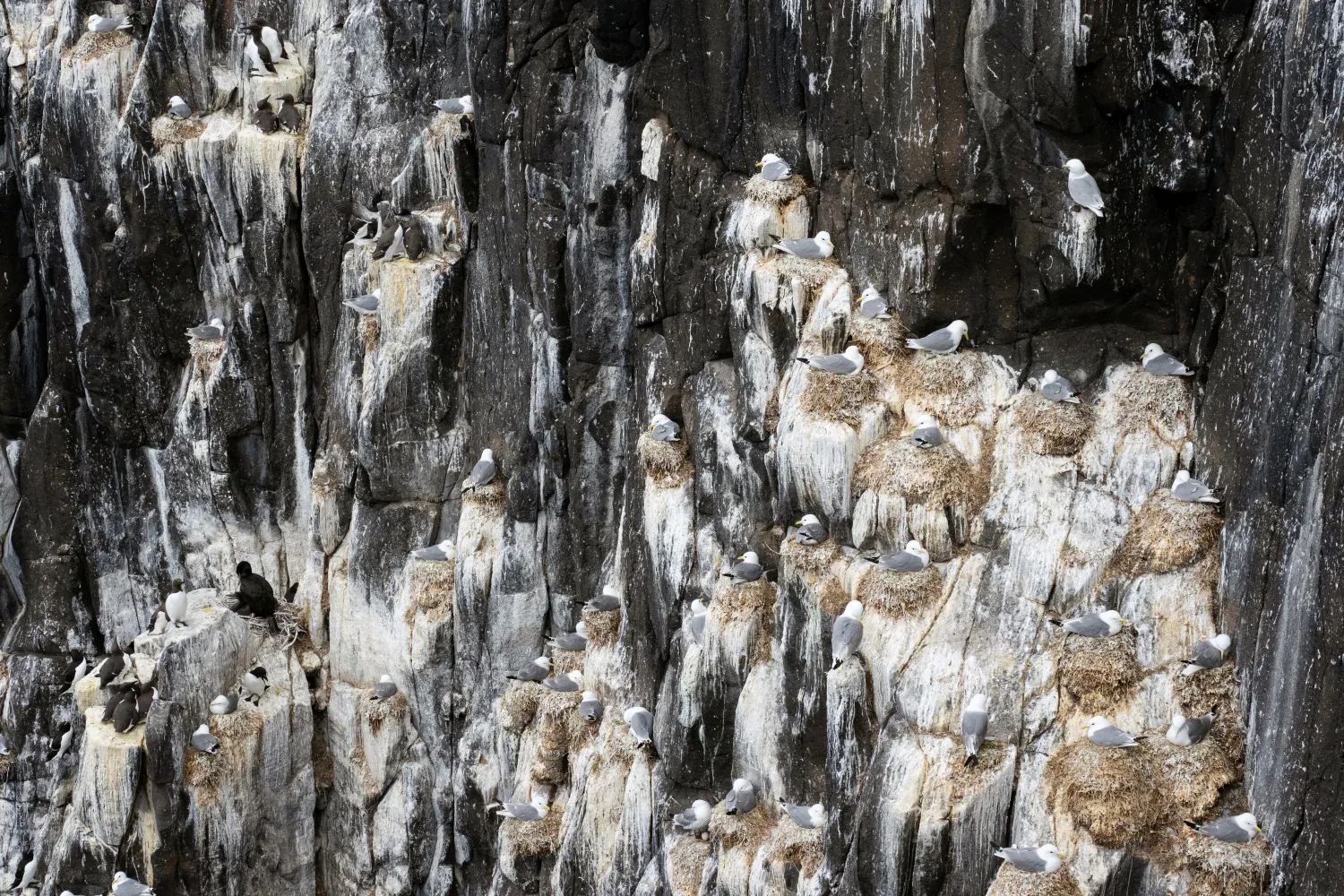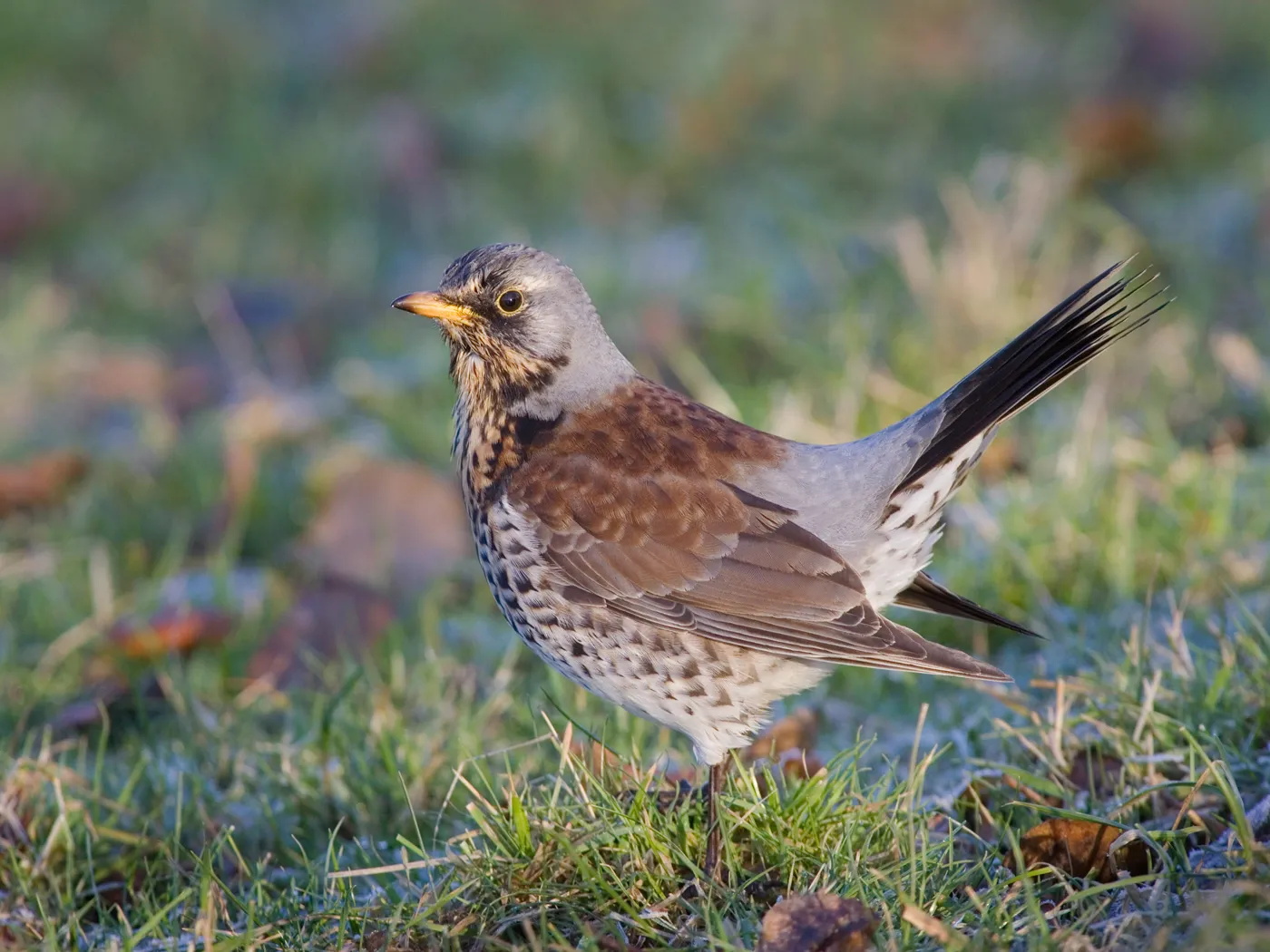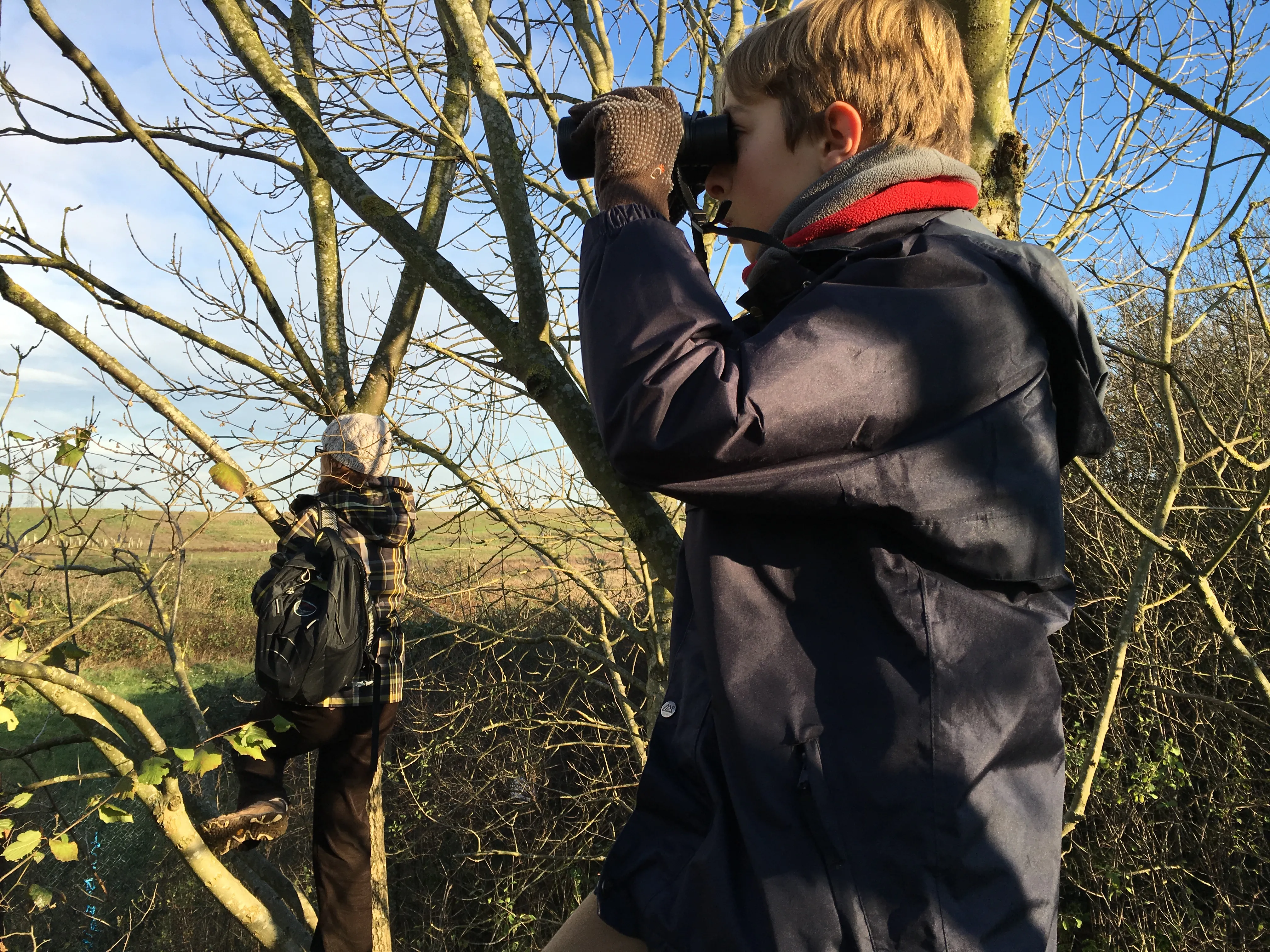Our blog offers specialist insight and unique perspective from a wide range of BTO staff, volunteers and guest writers, giving context and inviting discussion on various aspects of our work. We also have a dedicated Youth blog and Migration blog (migblog) where you can read articles about those specific topics.
BTO Christmas cards
BTO Archivist Lesley Hindley looks at BTO Christmas cards across the years.
22.12.2025

The science and art of seabird poo
BTO Senior Research Ecologist Nina O’Hanlon teams up with BTO’s People and Inclusion Officer Anna Dupont-Crabtree to communicate science through the medium of a comic!
18.12.2025

BTO Migblog – 05 Dec 2025
A look at bird migration in early December 2025, as winter takes hold.
05.12.2025

There’s a Cuckoo in here somewhere
20.11.2025

